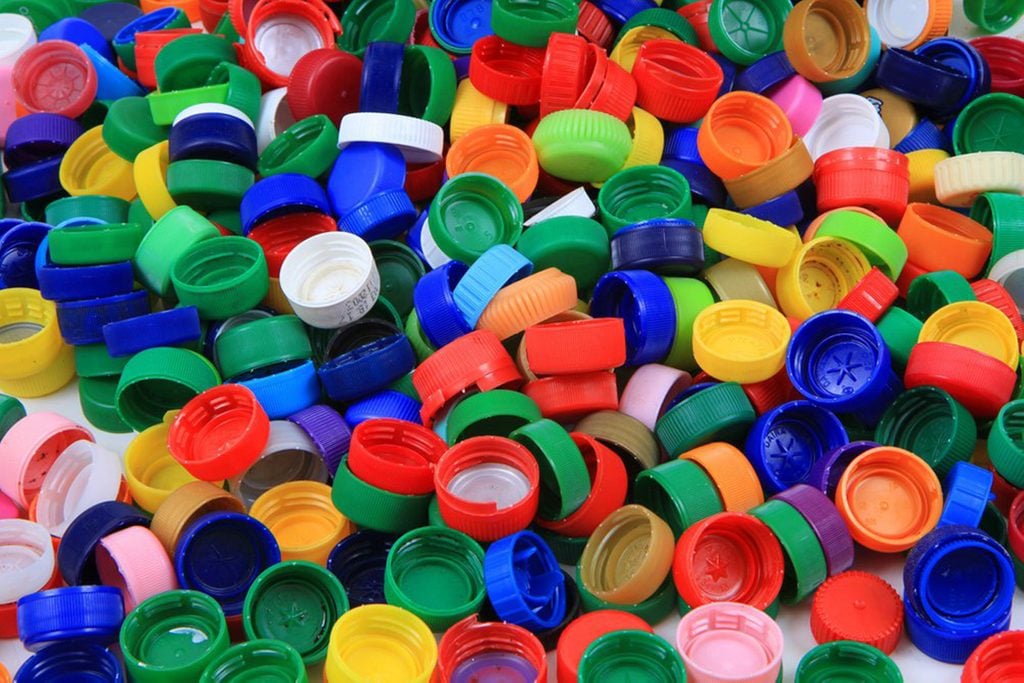This Is Why You Should Keep the Cap on When Recycling Plastic Bottles
Updated: May 20, 2022

After you take the last sip, make sure to screw the cap back on before throwing it in the recycling bin.
The rules around recycling can get confusing. Is it OK to recycle plastic straws? Should I throw this pizza box in the trash because it’s dirty? Can I throw this piece of purple paper into that recycling bin with white paper? But one recycling myth that you should definitely stop believing is that you need to take the cap off of your plastic bottle before throwing it in the recycling bin. Here’s another mistake you might be making when you recycle.
Many people think that by taking the caps off of their plastic bottles they are making the lives of people who work at recycling facilities easier. That is not the case. Once the plastic bottles (with caps on) are ground up, they go through a water bath. Since the caps are generally made out of high-density polyethylene (HDPE) and polypropylene (PP), they will float and the plastic bottles will sink, making it easy for the facility to sort the different types of material and recycle them into new items.
If you throw the cap in the trash instead, it typically ends up in the ocean. Sadly, plastic bottle caps are among the top five most common items of trash found on beaches worldwide. Marine mammals, fish and birds mistake bottle caps for food and can suffer from indigestion problems and possibly death.
Another reason you’ll want to make sure to keep your caps on is that they’re made out of a valuable plastic that is in high demand. Once recycled, caps can be turned into storage bins, shipping containers, mixing bowls, spatulas, shovels, watering cans and much more.
The Association of Plastic Recycler’s message is to “empty and replace the cap.” Remember that before you toss your drink. Also, make sure you never flatten your bottle because it could get mistaken for paper in the sorting process. Here’s what happens when you try to go plastic-free for a week.